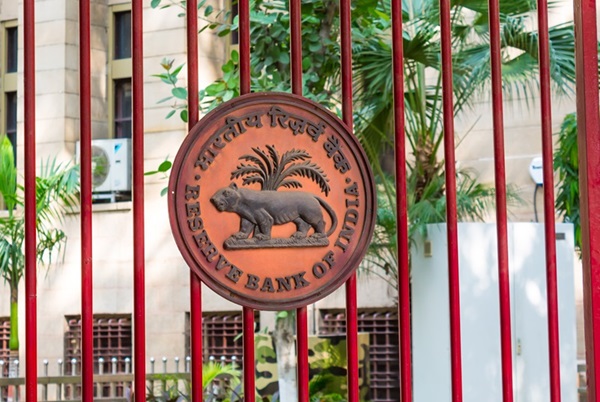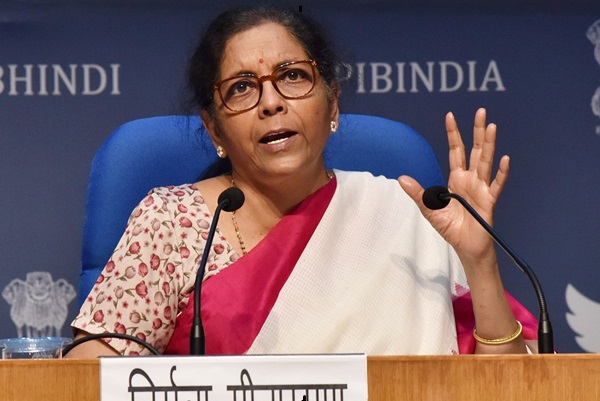.png)
Yield Scribe is a bond trader with a macro lens and a habit of writing between trades. He follows cycles, rates, and the long arc of monetary intent.
September 3, 2025 at 7:40 AM IST
State development loans, or state government bonds, have become the elephant in India’s debt markets. What began as a non-seasonal surge in supply has now turned into a structural squeeze on liquidity and pricing.
This week, Maharashtra refused to accept bids in the 29- and 30-year maturities, and Tamil Nadu did the same for 30-year bonds. Just a week earlier, Maharashtra had rejected all bids across four maturities from four to ten years.
That level of auction disruption was last seen in April 2018, when the repo rate stood at 6% and the 10-year government security yielded 7.74%. Back then, the spread over repo was 174 basis points. Today, the 10-year spread is only 110 basis points, and yet even the most creditworthy states are struggling to raise funds at sustainable rates.
The breaking point lies in the surge of supply, with volumes far exceeding the indicative calendar.
The July–September quarter of 2025-26 was meant to see state government bond issuance of about ₹1.90 trillion. Instead, notified supply has already touched ₹2.36 trillion, with accepted supply at ₹2.24 trillion, nearly 115% of the indicative calendar.
Compounding the glut is the tilt toward long-dated securities, where each weekly auction has reset yields higher by 6-7 basis points, creating a vicious cycle. When every investor bids at the tail, the winning cut-off becomes tomorrow’s loss. This “winner’s curse” has hollowed out profit potential and drained appetite for risk.
The damage is visible in spreads. For almost a year, 10-year state government bonds typically traded at 40–45 basis points above 10-year government securities. That cushion has now blown out to 70–90 basis points, depending on the issuer.
This week Telangana’s 26-year bond cut-off jumped from 7.54% to 7.74%. Rajasthan’s 30-year cleared at 7.73%, up nearly 20 basis points from its 28-year security issued just a week earlier. By contrast, comparable government security yields rose only three basis points in the same period.
The repricing came entirely from spread expansion rather than any shift in sovereign yields.
Market Contagion
The knock-on effects are immediate, and corporate issuance has dried up, with blue-chip non-bank finance companies resorting to three-month commercial paper instead of long-term bonds. One large public-sector company had to cancel a three-year offering altogether. Even government security auctions have not escaped the chill. With portfolios bleeding from mark-to-market losses, bidders chase only tails, only to find themselves out of money the next day.
What began as isolated auction stress has now morphed into a systemic liquidity drag. Banks’ statutory liquidity ratio investments have risen only tepidly so far this year, a sign that traditional buyers are staying away. Long-dated supply has piled up without matching demand. The result is higher yields not just for state bonds but across government and corporate debt. A clean central fiscal deficit of 3.4% should have anchored long-end rates. Instead, markets are grappling with a demand–supply mismatch that reflects state profligacy rather than sovereign creditworthiness.
Policy Fixes
The market has no choice but to absorb the supply, but the terms of that absorption are crippling monetary transmission.
There are fixes, though none are painless.
One option is to shift from multiple-price to uniform-price auctions. Today, each successful bidder pays the price they bid. Since everyone bids at the tail, this only ratchets up costs for the states. A uniform-price system, where all allocations are made at the cut-off, could encourage bids at better levels and bring stability to the market.
The RBI also has a role. During the pandemic in October 2020, it conducted open market operations in state government bonds, buying them from banks’ held-to-maturity books through multi-security auctions. A similar intervention could provide relief now. Another option is a one-time allowance for banks to shift government securities from their held-for-trading book to held-to-maturity, freeing space to buy state bonds and easing pressure on yields.
If left unchecked, the glut of state government bonds could become a systemic risk because it is already undermining the transmission of monetary policy. Rate cuts or liquidity infusions lose potency when the bond market is paralysed by supply indigestion, and investors’ unwillingness to hold duration ripples out to corporates and sovereigns alike.
Globally, long-end yields are already rising; in France because of political uncertainty, in Germany and the UK because of fiscal concerns, in the US because of inflation expectations and institutional stress, and in Japan because of political fragility. India does not need domestic supply shocks to add to imported turbulence.
Bond markets require respite, and without corrective steps, the avalanche of state borrowing will not just raise the cost of funds for governments but will also erode the central bank’s ability to manage the economy. Monetary transmission cannot be hostage to state borrowing calendars. The sooner the policy recognises this, the better for the credibility of both debt management and monetary policy.




